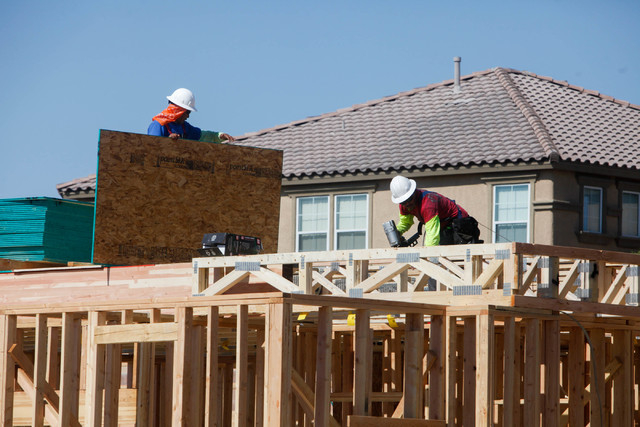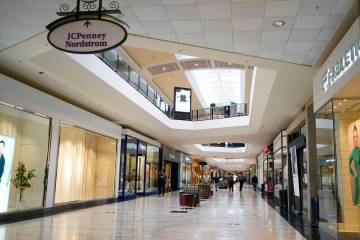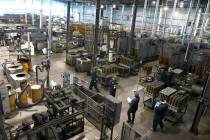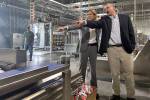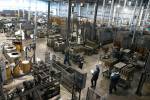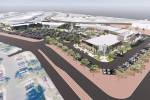U.S. manufacturing stabilizing; construction spending surges
WASHINGTON — U.S. manufacturing activity contracted for a fifth straight month in February, but there were signs the embattled sector was stabilizing, with new orders growth steady and inventories improving.
Other data on Tuesday showed auto sales rising in February, with major automakers posting big gains compared to a year ago, and construction spending surging in January to the highest level since 2007, offering more evidence that the economy was regaining momentum after slowing in the fourth quarter.
The Institute for Supply Management (ISM) said its index of national factory activity increased 1.3 percentage points to a reading of 49.5 last month, the fifth straight month of contraction.
A reading below 50 indicates a contraction in manufacturing, which accounts for 12 percent of the U.S. economy.
A strong dollar, weak global demand and spending cuts by energy firms following a plunge in crude oil prices have undercut manufacturing. Ongoing efforts by businesses to sell unwanted inventory have also been a drag on factory activity.
Factories said new orders held steady at slightly higher levels, though export orders fell. Inventory levels and order books appeared to be stabilizing. Factory employment also improved last month.
The dollar rose to a near one-month high against a basket of currencies. U.S. stocks rose and prices for U.S. government debt fell.
In a separate report, the Commerce Department said construction spending increased 1.5 percent to $1.14 trillion, the highest level since October 2007, as both private and public outlays rose. That followed an upwardly revised 0.6 percent increase in December, previously reported as a 0.1 percent gain.
Economists polled by Reuters had forecast construction spending rising 0.4 percent in January. Construction outlays were up 10.4 percent from a year ago.
The reports adds to upbeat data on consumer spending, the labor market, industrial production and durable goods orders in suggesting that economic growth picked up at the start of the first quarter after slowing to a 1.0 percent annual rate in the final three months of 2015.
First-quarter gross domestic product growth estimates are currently as high as a 2.7 percent pace, but the strong construction spending report could prompt economists to raise their forecasts.
In January, construction spending was buoyed by a 0.5 percent rise in private construction projects to the highest level since November 2007.
Outlays on private nonresidential structures, which include factories and offices, rose 1.0 percent. Spending on private residential construction was unchanged in January.
Public construction outlays jumped 4.5 percent to their highest level since September 2010. Spending on state and local government construction projects, the largest portion of the public sector segment, shot up 4.4 percent. Federal government construction spending advanced 5.8 percent.



